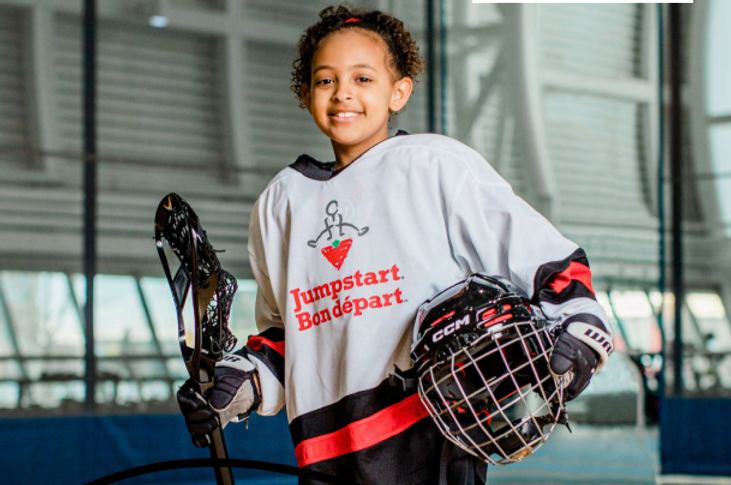The other night at a party, one socializer asked another – What’s your favourite sport?”
The answer? “To play or to watch?” replied the respondent.
The hot-off-the-press Jumpstart State of Play Report – https://jumpstart.canadiantire.ca/pages/the-state-of-sport-in-canada, asks thousands of Canadian youth the questions we have been guessing at for years: What do kids like to play? What do you want to play? Why do you play? Why don’t you play? What does sport mean to you?

I found this report fascinating and timely. It is a fantastic trove of input variables for everyone entrusted with changing sports participation outcomes. City planners, equipment manufacturers, kinesiology professors, policymakers, politicians, community sports organizers, and educators should all dive in with this information—deep, very deep.
As a sponsorship marketer, I want to weigh in on a few perspectives that band leaders should chew on with the assistance of this report. I will not quote numbers or stats from the document because you need to read it to understand it. But I am going to editorialize.
Here are three takeaways for you:
- Does your sports marketing partnership portfolio align with the data?
- How nuanced is your portfolio when understanding specific youth cohorts, especially regarding intersectionality?
- When it comes to community support, are you solving problems or looking for the most significant media hit?
Number 1 – Portfolio Alignment
If I were selling sponsorships for an amateur sports association or a professional league, I would leverage these numbers to the maximum. We know that participation is the key to growing fandom, and some sports come out as clear winners in this report, and some have to be uncertain about their future. Regardless of what side of the ledger you fall on, the data provides an opportunity to act. If you are a brand owner, ask your sponsorship agency to do a simple mapping exercise to overlay your sports portfolio spending over the participation numbers shared in this report. Do they match, or are you investing in the wrong areas? Do a second mapping phase and look at the sports that youth want to try. Somewhere between the two, you have enough data points to help identify your short-, mid-, and long-term strategies.
Number 2 – Nunaces and Intersectionality
The concept of intersectionality is a significant consideration in DEI today; this report is no exception. This report provides a fantastic slicing and dicing of age, gender, geography, race, place of play and ability along many dimensions. Who knew that Arab youth wanted to try football? I am not surprised that Black boys are highly confident in their skills but have never seen the data to validate it. I am concerned that Girls of Colour are more concerned about injuries than other cohorts. Amazing to me is the eagerness of almost every cohort to try martial arts and wonder if gaming, anime or some other external influence is contributing. The richness and robustness of this report should motivate every marketer to apply more differentiation and laser-like approaches to their sponsorships. The interests and motivations of all girls and all boys are different. If we believe our diversity as a nation is our superpower, put on your cape and jump into creating a blockbuster approach to youth sports founded on ensuring you include all groups in your cast.
Number 3 – Community Matters
I have often said that Black kids don’t need more basketball courts to progress in society. They need systemic fairness, equitable financial support, and opportunity. This report proves that. One of the biggest challenges for Black youth participating in sports is transportation. While other kids are getting rides to practices and games, Black youth are walking, taking public transit, and leveraging other unsupervised low-cost methods. What good does a refurbished court or a pitch do if someone cannot get there? Worse, when they do get there, can they afford to play? It is not surprising that participation in sports clubs that charge fees is much higher for White youth than non-white youth. If Black youth can get to the field and afford the payments, would it not be even greater if they had a coach that looked after them? Brands should stop trying to win awards by building courts in underestimated neighbourhoods or providing a special day at the pro area as their BIG community activation idea and start doing what matters. One-off activations do not build community or address the systemic issues that only worsen.
We should applaud Jumpstart for sharing the State of Play Report with all of us. They and their partners have done the foundational work by providing us with the facts and figures to justify our work.
Now, the hard part is over to you. We should keep this from becoming a report that sits idly on a shelf, which means we are ignoring Canada’s youth. The respondents in this survey represent our future players, fans, and consumers. We need to do more than listen to them. We need to act; if we do, we will all win.
